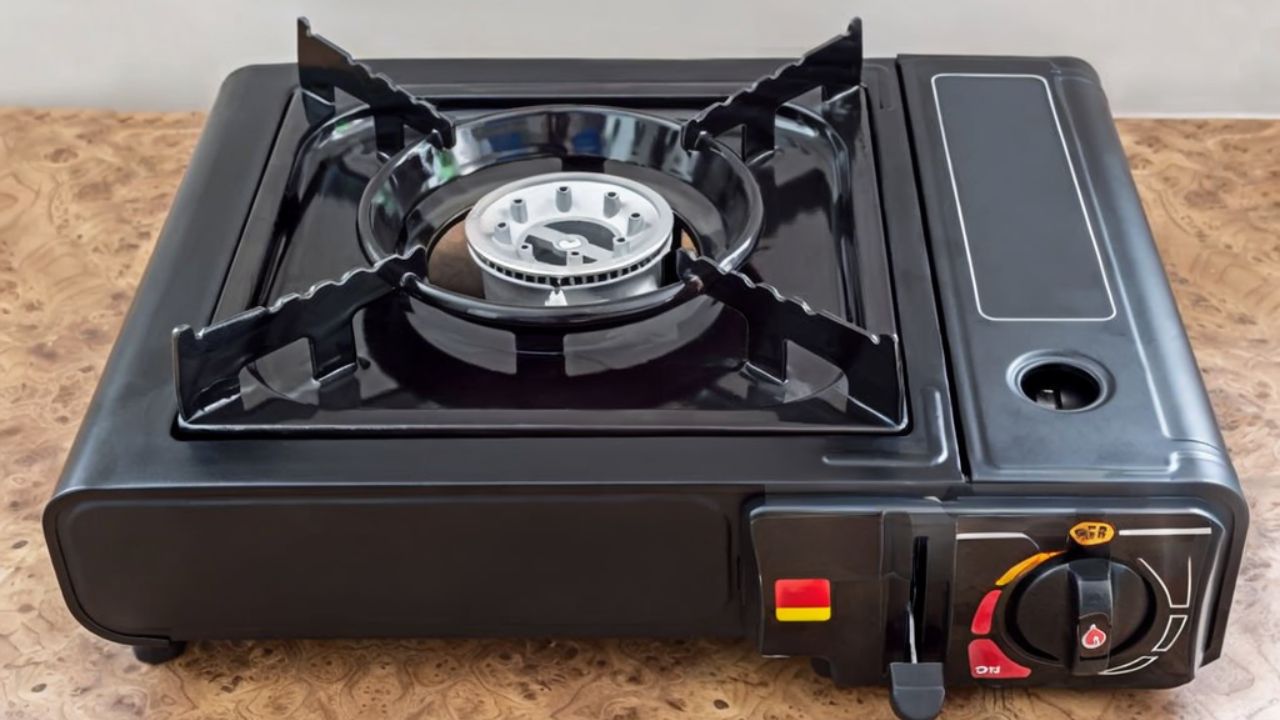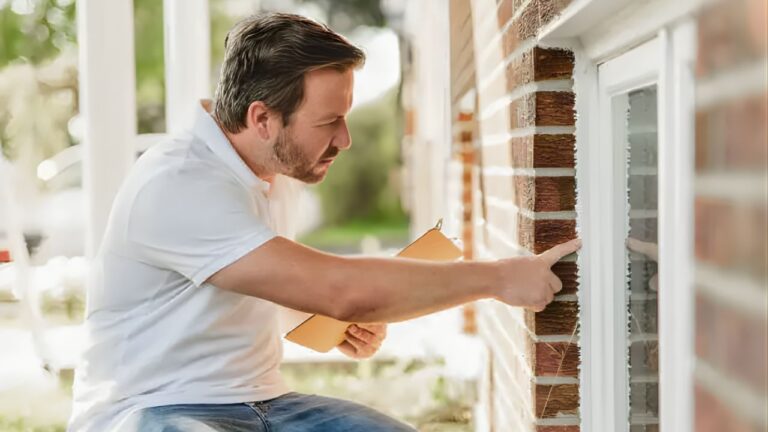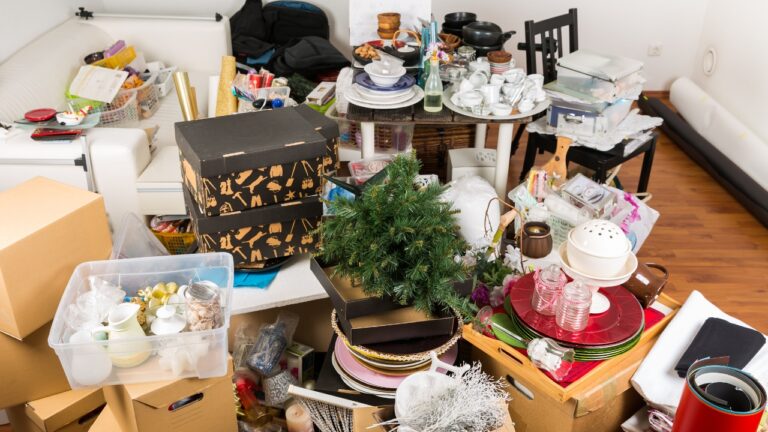Don’t wait for a storm to realize what you’re missing. Here’s what you need
Storm prep doesn’t feel urgent until you’re sitting in the dark, wishing you’d taken it seriously. Power goes out, roads flood, and stores close faster than you think.
Most people assume they’re ready because they’ve got a few flashlights and a case of bottled water—but real preparedness goes deeper than that. The best time to prepare isn’t when the radar turns red; it’s long before the wind starts to howl.
You need a way to stay powered
The moment the grid goes down, everything changes. A generator—gas, propane, or solar—should be one of the first things on your list. It doesn’t have to power your whole house, but it should at least run the essentials: your fridge, freezer, and a few lights.
If you don’t have a generator, think smaller. Battery packs and portable power stations can keep phones, radios, and small appliances going for days. Stock up on extension cords, fuel stabilizers, and enough gas to last several days. It’s not about comfort—it’s about keeping your food safe and your family informed.
You need backup light that lasts
Flashlights and candles are great, but they don’t last long. Invest in LED lanterns or solar-powered lights that can recharge during the day. Keep one light in every main room, and store extra batteries in waterproof containers.
Don’t rely on your phone’s flashlight—it drains your battery faster than you’d expect. A reliable light source makes your space safer to move around in, especially if you’re dealing with kids, pets, or slick floors from leaks.
You need safe drinking water
When storms knock out power, water systems can fail, too. Wells stop pumping, and even city water can get contaminated after flooding. A few gallons of bottled water isn’t enough if you’re stuck for several days.
Keep a few cases on hand, but also think about longer-term options like water filtration pitchers, LifeStraws, or purification tablets. Fill bathtubs and jugs ahead of time if a storm is coming. You’ll need at least a gallon per person per day for drinking, cooking, and basic hygiene.
You need a way to cook

Without power, most kitchen appliances are useless. A small camping stove, propane grill, or even a fire pit can keep you fed. Store extra fuel safely and test your setup before you need it. You don’t want to figure out how to light a burner when it’s raining sideways.
Stick to foods that don’t need refrigeration or much prep—canned soups, pasta, oatmeal, and rice cook fast and store well. Paper plates and plastic utensils save water, which you’ll need to conserve.
You need reliable communication
When cell towers go down or signals get jammed, a basic weather radio can be a lifeline. Choose one that’s hand-crank or solar-powered so it doesn’t rely on electricity. You’ll be able to get weather updates, emergency alerts, and instructions from local authorities.
If you live in a rural area, consider walkie-talkies or CB radios to stay in touch with neighbors or family. Knowing what’s happening beyond your driveway can change how you handle the next few hours.
You need warmth and ventilation
Extreme temperatures cause more emergencies than the storm itself. If it’s winter, stock up on blankets, sleeping bags, and warm layers. For heat, use safe options—propane heaters rated for indoor use or a wood stove with proper ventilation.
In summer, cross-ventilation is key. Keep a few battery-powered fans, and plan how you’ll cool your space without electricity. Shade windows, use wet towels, and stay hydrated. You’ll be surprised how fast conditions can shift once the AC cuts out.
You need a safe space for important items
Flooding and leaks can destroy more than furniture. Keep documents like insurance papers, IDs, and medical records in waterproof bags or a fireproof safe. Do the same for cash, medications, and spare keys.
If you have pets, pack a small kit for them too—food, leashes, and any medicine they need. When you’re scrambling during an outage, having everything in one place makes life a lot easier.
You need to think beyond the storm

The real challenge often comes after the storm passes. Roads stay blocked, fuel runs out, and stores take days to restock. That’s why your prep should include extra essentials like batteries, hygiene supplies, cleaning products, and a stocked pantry.
Plan for at least three to five days of self-sufficiency. It sounds like a lot, but once you’ve been through a storm where nothing works, you’ll see how fast supplies disappear.
You need to make it a habit, not a scramble
Preparedness isn’t a one-time project—it’s a mindset. Every time you replace batteries, refill fuel cans, or check expiration dates, you’re keeping your household ready. Make it part of your seasonal routine, like changing air filters or cleaning gutters.
By the time the next storm hits, you won’t be rushing around trying to find flashlights and bottled water. You’ll know exactly what you have, where it is, and how to use it. That peace of mind is worth every bit of effort you put in now—because when the power goes out, being ready means you don’t have to panic.
Like Fix It Homestead’s content? Be sure to follow us.
- I made Joanna Gaines’s Friendsgiving casserole and here is what I would keep
- Pump Shotguns That Jam the Moment You Actually Need Them
- The First 5 Things Guests Notice About Your Living Room at Christmas
- What Caliber Works Best for Groundhogs, Armadillos, and Other Digging Pests?
- Rifles worth keeping by the back door on any rural property
*This article was developed with AI-powered tools and has been carefully reviewed by our editors.







